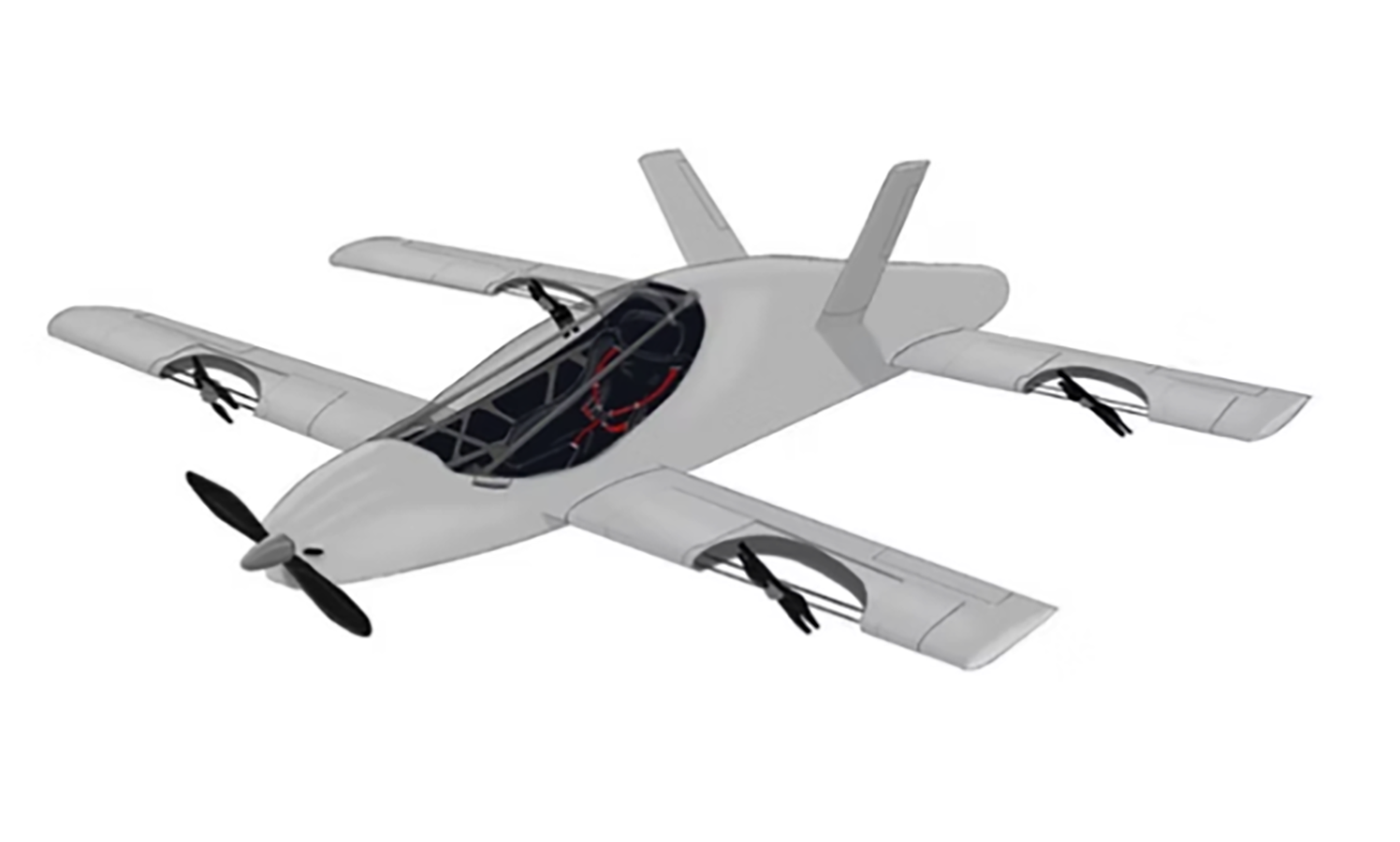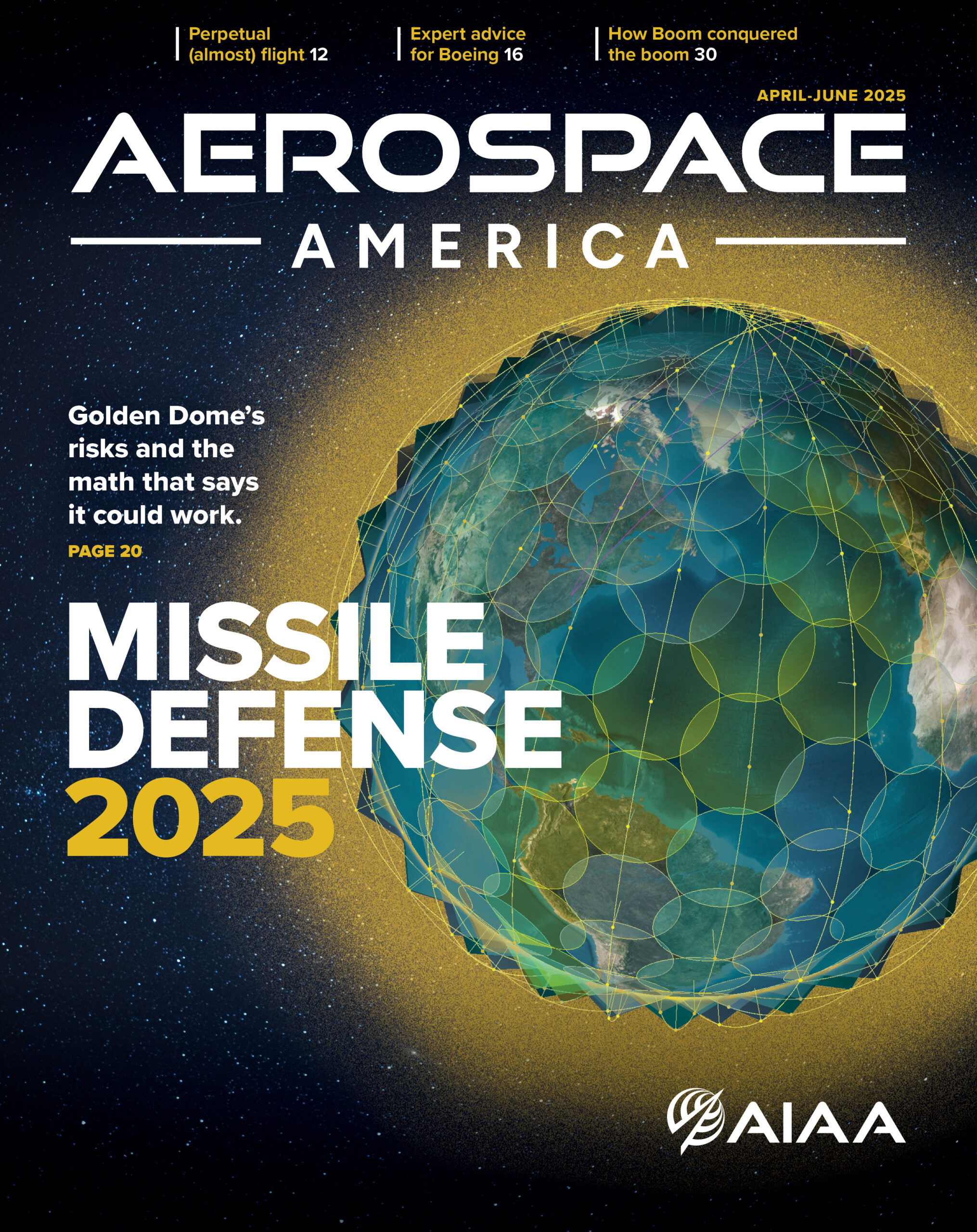Stay Up to Date
Submit your email address to receive the latest industry and Aerospace America news.
This article has been updated to correct the affiliation of Srikanth Gururajan. He is an associate professor at Saint Louis University’s Department of Aerospace and Mechanical Engineering.
The GoAERO Prize competition focused on aerial emergency response on Tuesday gave its first round of financial awards, totaling $500,000, to 25 teams around the U.S and five other nations that are developing small aircraft prototypes to deliver emergency cargo or rescue people in disaster zones.
The winning designs include concepts for cargo aircraft and others that would carry injured or sick people. The contest encourages a large degree of autonomous control up to no human operator aboard. Most would be electric multicopters with various types and numbers of propellers or rotors. The designs specify unique ways to carry gurneys or cargo.
For more about advanced air mobility, receive the True Mobility newsletter in your inbox.
The founder of the competition, attorney and entrepreneur Gwen Lighter, said recent flooding in North Carolina and Spain, along with the Los Angeles area wildfires, highlighted the need to develop means of quickly accessing such areas by air.
“We fundamentally believe that these GoAERO flyers are needed now more than ever,” Lighter told me in a video call. “If we have the ability to harness technology to respond more rapidly, to bring in potentially fire retardant or rescue someone who is in need, then we have the opportunity to mitigate those disasters. We are focused on a singular mission: saving lives.”
Besides Lighter, the competition sponsors are Boeing, Honeywell, NASA and RTX. Some teams are based at university aerospace programs, while others are startup companies.

The competition calls for the envisioned operational aircraft to be capable of carrying a single occupant, but the rules don’t specify if that occupant would be a pilot, an emergency response professional or a patient.
Additional prizes will be awarded in Stage 2, when eight teams will be chosen to advance after presenting prototypes. During a flyoff scheduled for 2027, the aircraft will need to haul payloads, a 56-kilogram dummy (125 pounds), take off and land in rugged terrain, and maneuver around obstacles. The contest aircraft will be flown in various fashions without operators aboard. And, while the competition seeks aircraft that could carry the sick or injured, during the flyoff they will only carry manikins.
An additional $1.65 million will be awarded to the winning teams after the flyoff.
Stage 2 will include new entrants that didn’t necessarily participate in Stage 1, Lighter said, so she encouraged additional teams to submit proposals.
GoAERO is short for Go Aerial Emergency Response Operations. Lighter also sponsored the GoFly personal air vehicle competition, which concluded in 2023 after awarding one mission completion prize of $100,000. There was no grand prize winner.
For an example of the technology, I reached the team at Saint Louis University’s Department of Aerospace and Mechanical Engineering. The students were “over the moon” when they learned their submission was chosen, said Srikanth Gururajan, associate professor and team leader. GoAERO awarded the team just shy of $30,000 to continue developing its hybrid-electric CARE drone, which stands for Critical Action Rescue Extraction.
The tandem-wing design has four pairs of counter-rotating, in-wing propellers and a single propeller on the nose. Flight control software is tasked with handling the transition between vertical and forward flight.
“We went with a hybrid-electric design to extend the range up to about 40 miles (64 kilometers),” Gururajan told me.
About paul brinkmann
Paul covers advanced air mobility, space launches and more for our website and the quarterly magazine. Paul joined us in 2022 and is based near Kennedy Space Center in Florida. He previously covered aerospace for United Press International and the Orlando Sentinel.
Related Posts
Stay Up to Date
Submit your email address to receive the latest industry and Aerospace America news.




